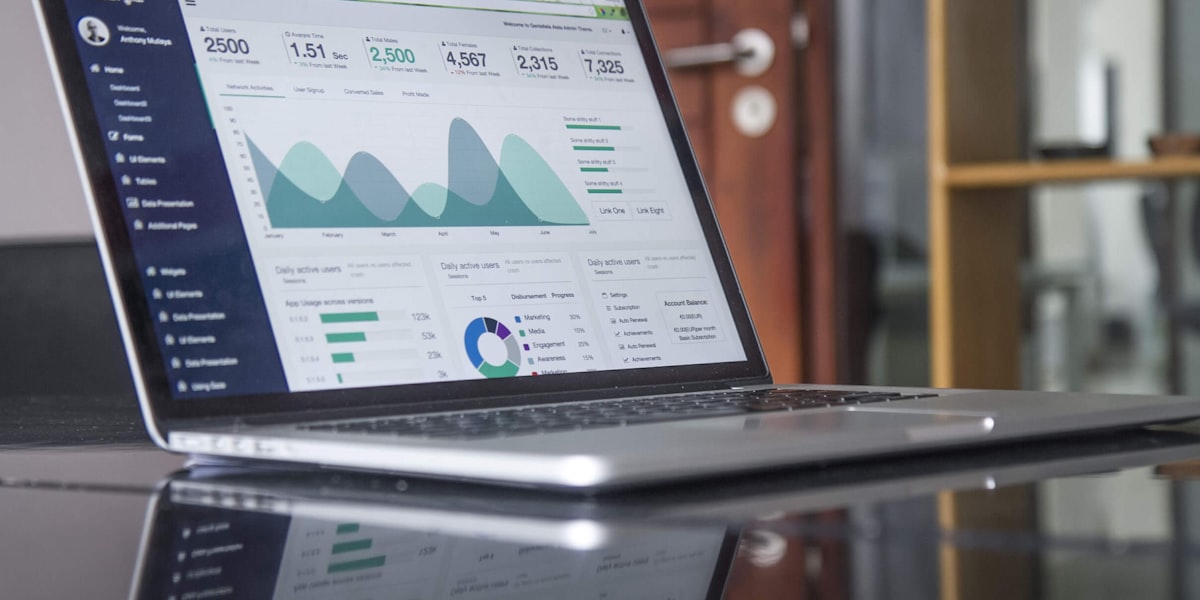In today's digital landscape, website speed isn't just a nice-to-have feature—it's a business necessity. With images accounting for over 50% of the average webpage's total size, optimization has become the cornerstone of web performance strategy.
The Current State of Web Images
According to HTTP Archive data from 2024, the median webpage loads approximately 2.3MB of image data. This represents a 15% increase from 2023, highlighting how image bloat continues to be a growing concern for web developers and site owners.
"A 1-second delay in page load time can result in a 7% reduction in conversions, 11% fewer page views, and a 16% decrease in customer satisfaction." - Aberdeen Group Study
How Image Optimization Impacts Performance
1. Faster Loading Times
Properly optimized images can reduce file sizes by 60-80% without noticeable quality loss. This translates directly to faster loading times, especially crucial for mobile users on slower connections.
- Reduced bandwidth usage: Smaller images mean less data transfer
- Improved server response: Less server load leads to faster response times
- Enhanced user experience: Pages load faster, reducing bounce rates
2. Better SEO Rankings
Google's Core Web Vitals update made page speed a direct ranking factor. Sites with optimized images consistently perform better in search results.
Performance Impact Statistics
Modern Image Optimization Techniques
Format Selection
Choosing the right format is crucial for optimization:
WebP
25-35% smaller than JPEG, supports transparency and animation. Perfect for modern web applications.
AVIF
Up to 50% smaller than JPEG with better quality. Still gaining browser support but shows great promise.
JPEG XL
Next-generation format with excellent compression and quality. Limited browser support currently.
Compression Strategies
- Lossy Compression: Reduces file size by removing less important data. Ideal for photographs.
- Lossless Compression: Maintains original quality while reducing file size. Better for graphics and logos.
- Progressive Loading: Images load in layers, providing immediate visual feedback to users.
Implementation Best Practices
Responsive Images
Serve different image sizes based on device capabilities and screen size. Use the srcset attribute to provide multiple image options:
<img src="image-800.jpg"
srcset="image-400.jpg 400w,
image-800.jpg 800w,
image-1200.jpg 1200w"
sizes="(max-width: 600px) 400px,
(max-width: 1000px) 800px,
1200px"
alt="Descriptive alt text">Lazy Loading
Implement lazy loading to defer loading of images until they're needed. Modern browsers support native lazy loading:
<img src="image.jpg" loading="lazy" alt="Description">Tools and Automation
Manual optimization isn't scalable for large websites. Consider these automation strategies:
- Build-time optimization: Integrate image optimization into your build process
- CDN-based optimization: Use services that automatically optimize images
- Client-side tools: Browser-based optimization for immediate results
Measuring Success
Track these metrics to measure the impact of your optimization efforts:
Conclusion
Image optimization is no longer optional in 2024. With user expectations higher than ever and search engines prioritizing performance, properly optimized images are essential for success. Start with format selection, implement proper compression, and use modern loading techniques to ensure your website delivers the best possible experience.
Ready to optimize your images?
Try our free image optimization tools to see the difference proper optimization can make.
Start Optimizing Images